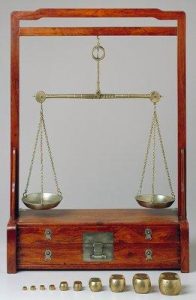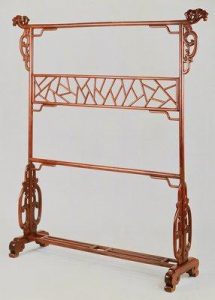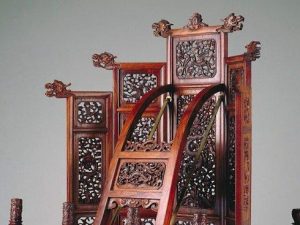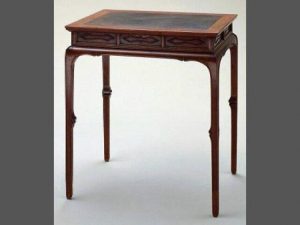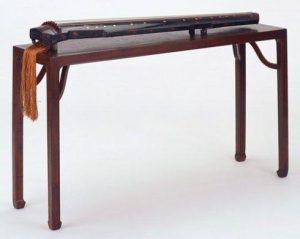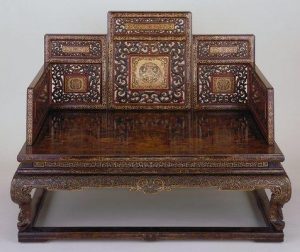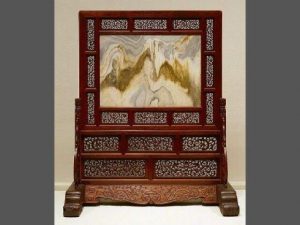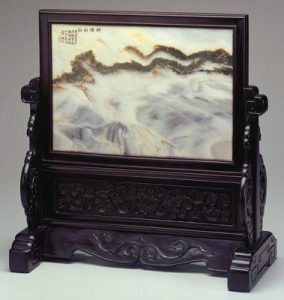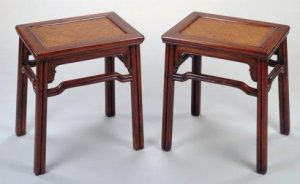
目录
According to historical documents, China has invented furniture before the Shang Dynasty: the seat - the beginning of the couch; the beginning of the case; the beginning of the case; the forbidden - the beginning of the cabinet; the beginning of the screen. The Shang Dynasty lacquer technology has also been applied to furniture decoration, and can also be inlaid with ivory and turquoise.
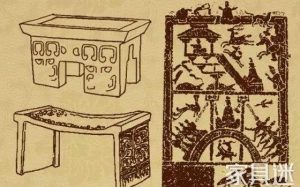
During the Spring and Autumn Period, the slave society collapsed and the whole society transitioned to feudal society. During the Warring States period, the level of productivity increased greatly, and people's living environment improved accordingly. Compared with the previous generation, the level of furniture manufacturing was greatly improved. Especially in the field of wood processing, there are skilled craftsmen like Luban, which not only promote the development of furniture, but also play their talents in wood construction. Due to advances in metallurgical technology, improvements in ironmaking technology have brought about rapid changes in wood processing, and there have been a wealth of processing equipment and tools, such as iron saws, axes, drills, chisels, shovel, planing, etc. The manufacture brings convenience. According to legend, Luban was invented by Luban, and the improvement of the craft also promoted the improvement of furniture.
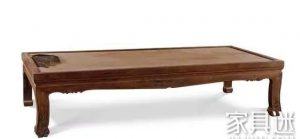
People's craft manufacturing level has been significantly improved, and there have been many changes. This period opened the precedent for future generations of furniture carving. In summary, there are four major contributions: one is the emergence of the most famous carpenter - Luban; the second is the emergence of the most important friend of man - bed; the third is the emergence of iron saws, axes, drills, chisels and other equipment; The carving is widely used in furniture decoration; there are reliefs and openwork.
Before the Qin and Han Dynasties, the cases, cases, hangers and beds were very short, and they all sat on the ground until the frequent exchanges with the Western Regions became deeper and the bed was introduced. The bed is a seat shaped like a Mazar. Later, it was developed into a collapsible Mazar, a chair, etc., which laid the foundation for the later people to sit down and save the legs.
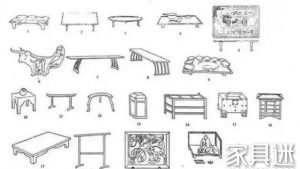
Since the Western Jin Dynasty, the concept of ceremonial rituals has gradually faded. In the Southern and Northern Dynasties, the high-profile seat was gradually popular. There are high-rise furniture such as piers, chairs, stools, etc., and bamboo and rattan furniture such as enamel and enamel (box). In terms of decoration, the lacquered wood furniture is decorated with green lacquer, which breaks the unified pattern of red and black lacquer. Buddhism is prosperous, with lotus pattern, honeysuckle pattern and flying sky pattern.
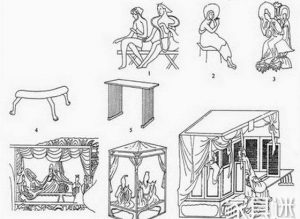
The real period of prosperity was in the Tang Dynasty. In the early Tang Dynasty, there was a vigorous and enterprising spirit. After a long period of war and displacement, the enthusiasm of people's lives broke out. The "rule of Zhenguan" brought social stability and unprecedented cultural prosperity. Under such a social background, the furniture of the Tang Dynasty showed its characteristics of being honest, full, generous and stable. Its weight and momentum were relatively large, but there was no change in technology and variety. The furniture used by the aristocrats is richer, especially in the decoration, and there are many writings in the Tang paintings.
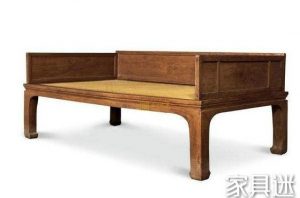
The furniture of this period was intricately carved and painted with large lacquer and painted with floral patterns. From the Dunhuang murals in the Tang Dynasty, in addition to the drums, lotus seats, rattan piers, etc., you can also see the simple shape of the plate, the case of the foot, the cockerel case. The literati doctors are pursuing a more refined and clean style, so the erected screens and screens of this period are not decorated. There is no change in the bed type. Due to the previous generation, the box bed, screen bed, platform bed and independent bed are the main ones. From the late Tang Dynasty to the Five Dynasties, the scholar-officials and the famous family were eager to pursue luxury and luxury life. Many major banquets and social activities were recorded by masters of painting, which provided us with extremely reliable image information for studying and examining the living environment of people at that time.
The five-generation painter Gu Yuzhong’s "Han Xi Zai Night Banquet" is a good example. The picture shows us clearly the use of furniture during the Five Dynasties, including straight back chairs, strips, screens, beds, couches, piers, etc. . The complete and concise form of furniture in the Tang Dynasty also indicates to us the pre-form of Ming-style furniture, laying the foundation for the most perfect stage of Chinese historical furniture.
The furniture of the Song Dynasty borrowed the beam structure of the building and replaced the box-type structure of the Sui and Tang Dynasties. Beginning to use the waist, horseshoe, grasshopper legs, Yunxing foot, lotus care and other decorations; at the same time the use of Luopan , dwarf , tyrants, horseshoe feet and other components, most of the parts are joined by a straight line, Pay attention to the relationship between the size and structure and the human body, so that the furniture structure is more reasonable. Do not make a large area of carved decoration, local embellishment to find the finishing touch. It is simple and straightforward, and it is very graceful and elegant. It is in harmony with the simple and simple aesthetics of the Song people.
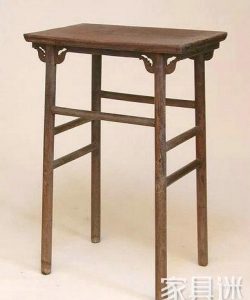
Relatively speaking, the time of the founding of the Yuan Dynasty was relatively short. The policy adopted by the rulers was Han system. Therefore, not only in the political and economic systems, but also in the Song, Liao and Jin generations, the furniture also embraced the Song system, craftsmanship and modeling. There have been no major changes in design. Although the supreme ruler of China in the Yuan Dynasty was Mongolian, the traditional culture was not interrupted. Furniture was still developing slowly on the basis of Song and Liao, and it was a not obvious link between Song and Ming. The Yuan Dynasty masters made two creative attempts on the contract. The first is the square table that the desktop does not explore. The image is seen in the tomb of Feng Daozhen's tomb, with a high waist and no extension on the table. The second is the drawer table, the idea of drawers under the table, which will be inherited by the Ming Dynasty.
In the Ming Dynasty, Chinese furniture entered a complete period and formed a unique style, which was called “Ming-style furniture”. The literati participate in the design of the furniture, so the Ming style furniture is mixed with the interest of literati.
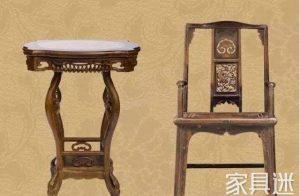
The ancient literati's understanding of life is very unique. The modeling and processing of the products are more mean, which promotes the evolution of Chinese furniture from form to charm, and promotes Chinese furniture art to the peak. The furniture of the Ming Dynasty has undergone changes for hundreds of years, and it is still very strong. In addition to high-quality wood, it is mainly the precision and scientific rationality of the structure.
In the early Qing Dynasty, furniture followed the Ming Dynasty style, and the materials used were more abundant. In addition to hardwood, high quality cork is also used. During the Qianlong period, furniture production reached its peak, and the variety of decorative techniques was unprecedented.
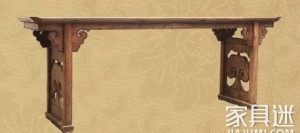
In general, it can be summarized into three points: First, multiple materials are used together. Whether it is carving, embedding, lacquering, painting, or bone, wood, bamboo, jade, porcelain, franc, all for furniture decoration; second, a combination of various processes. There is a combination of relief and openwork, a combination of carving and inlaying, a combination of carving and gold, a combination of carving and embellishment; the third is the decoration of "many" and "full". Pursuing the affluence of glory and glory, but some excessive pursuit of luxury, it seems cumbersome.
The trait of Chinese furniture in the past is that it not only improves the value of its service to human beings through the evolution of various historical periods, but also condenses the different artistic styles formed in its specific environment. Among the many existing Ming and Qing furniture, it is concentrated in the exquisite craft value, the high artistic appreciation value and the heavy historical and cultural value. This makes furniture one of the cultural heritages that the Chinese nation deserves to be proud of and cherish.
